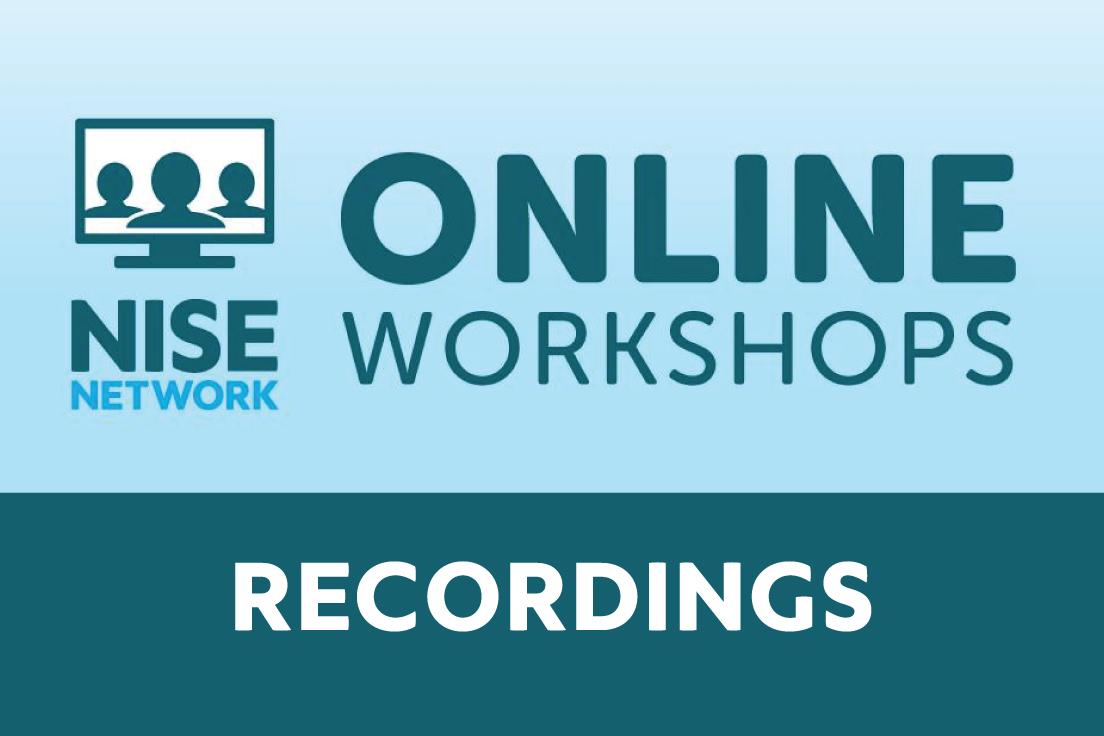DESCRIPTION
Held in 2014, this online brown-bag conversation is designed to empower museum educators to engage visitors in meaningful conversations about the relevance of emerging technologies to our lives. Participants will learn key concepts about the relationships between science, technology, and society, and receive specific training for having conversations using activities in the NanoDays 2014 Kit. Presented by: Brad Herring of the Museum of Life and Science, Jamey Wetmore and Ira Bennett of Arizona State University, Douglas Coler of Discovery Place Inc., and Kevin Dilley of Sciencenter. For more information, and for a link to the recording, please see the Resources section of this page.
DESCRIPTION
Held in 2014, this online brown-bag conversation is designed to empower museum educators to engage visitors in meaningful conversations about the relevance of emerging technologies to our lives. Participants will learn key concepts about the relationships between science, technology, and society, and receive specific training for having conversations using activities in the NanoDays 2014 Kit. Presented by: Brad Herring of the Museum of Life and Science, Jamey Wetmore and Ira Bennett of Arizona State University, Douglas Coler of Discovery Place Inc., and Kevin Dilley of Sciencenter. For more information, and for a link to the recording, please see the Resources section of this page.
TRAINING VIDEOS
OBJECTIVES
NANO CONTENT MAP
Nanotechnologies—and their costs, utility, risks, and benefits—are closely interconnected with society and with our values.
DOWNLOAD FILES
Credits
Arizona State University
Developed for the NISE Network with funding from the National Science Foundation under Award Numbers 0532536 and 0940143. Any opinions, findings, and conclusions or recommendations expressed in this product are those of the authors and do not necessarily reflect the views of the Foundation.
Creative Commons Attribution Non-Commercial Share Alike 3.0 United States (CC BY-NC-SA 3.0 US).
View more details

NISE Network products are developed through an iterative collaborative process that includes scientific review, peer review, and visitor evaluation in accordance with an inclusive audiences approach. Products are designed to be easily edited and adapted for different audiences under a Creative Commons Attribution Non-Commercial Share Alike license. To learn more, visit our Development Process page.

